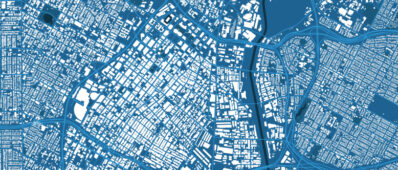Abstract
In this article, we implement an estimation procedure for a particular mathematical programming activity-based model to estimate the relative importance of factors associated with spatial and temporal interrelationships among the out-of-home activities that motivate a household’s need or desire to travel. The method uses a genetic algorithm to estimate coefficient values of the utility function, based on a particular multidimensional sequence alignment method to deal with the nominal, discrete attributes of the activity/travel pattern (e.g., which household member performs which activity, which vehicle is used, sequencing of activities), and a time sequence alignment method to handle temporal attributes of the activity pattern (e.g., starting and ending time of each activity and/or travel). The estimation procedure is tested on data drawn from a well-known activity/travel survey.

